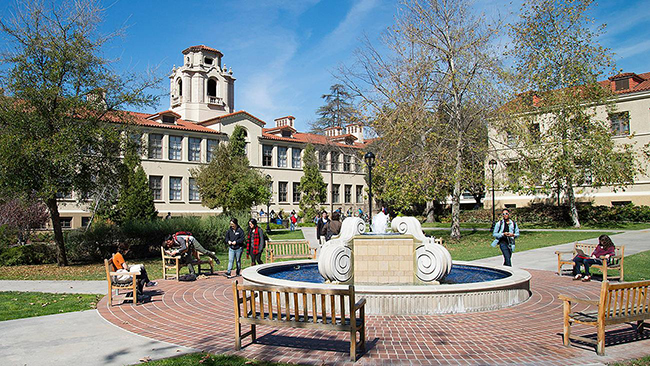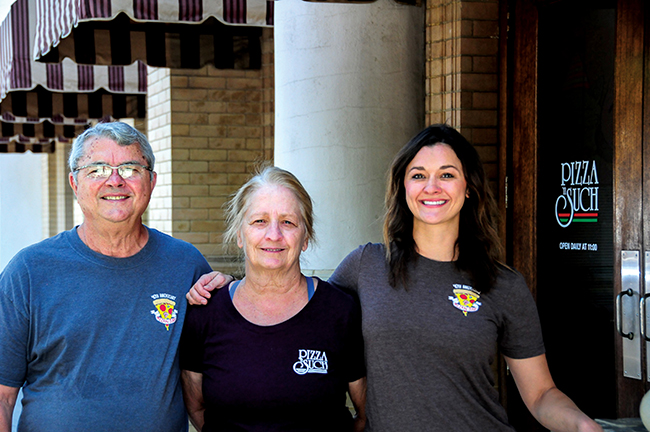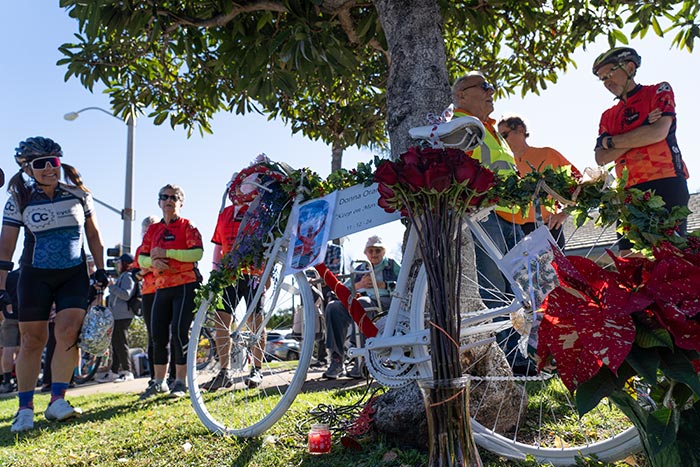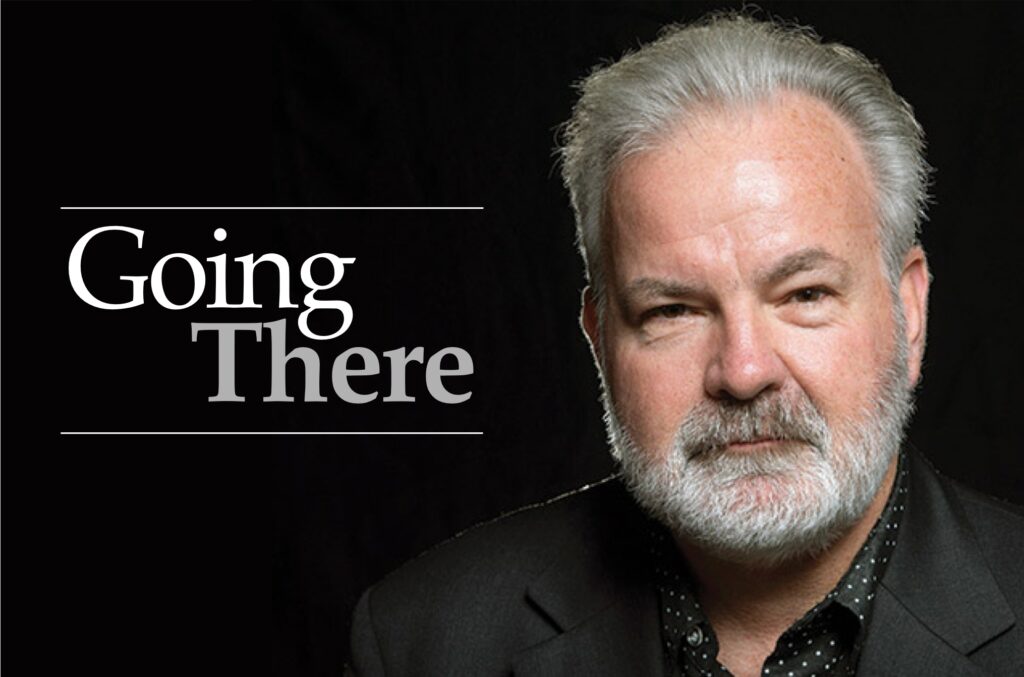Council passes ADU ordinance, approves bus stop design
After more than a year of scrutiny, Claremont has adopted a new ADU ordinance. But it wasn’t without some controversy toward the end.
The code amendment was passed unanimously Tuesday night, reversing a negative recommendation from the planning commission that saw two commissioners vote against the proposed ordinance for different reasons.
The ADU ordinance will regulate the building of accessory dwelling units (ADU), better known as back houses or granny flats. The state has relaxed restrictions on building ADUs as a way to cut into the housing crisis, and local cities such as Claremont were required to pass local ordinances or be mandated to use the more permissive state standards.
The city has discretion over several aspects of the building process including permitted sites, size and bedroom count, setbacks and lot coverage, as well as design and landscaping requirements, and owner occupancy.
Under the city’s ordinance, any residential property owner with a lot over 6,000 square feet can build an ADU on their property. Properties on the smaller end—namely in south Claremont and the historic Village—can have ADUs up to 600 square feet and larger properties in north Claremont up to 700 square feet.
The owner occupancy requirement has been a touchy aspect of the proposed ordinance. The requirement states the owner of the property must live in either the main house or the ADU, to build one on their property.
Exceptions include if the owner of the property has to move into an assisted living facility, according to Claremont city planner Nikola Hlady.
Advantages of the requirement, Mr. Hlady said, include property maintenance accountability, community cohesion and discouraging of property flipping after building an ADU. Concerns are that the idea might discourage ADU development in general, as some people have stated.
At the July 2 planning commission meeting, commissioner Parker Emerson voted against the plan, emphasizing that the owner-occupance requirement should be taken out of the ordinance. Commissioner Douglas Lyon, who was concerned the new ordinance was too permissive and would lead to more density, and also voted no.
The ADU plan needed a supermajority vote from the commission, or 5 approvals, to pass. The 4-2-1 endorsement by the commission was one vote short. Commissioner Rick Reed was absent from the meeting and didn’t weigh in. Whether his vote would have made a difference is unknown, but the city appealed the commission’s decision, which led to the council hearing about the issue Tuesday night.
At the meeting, Mr. Emerson said he voted against the plan in part because the owner-occupancy requirement only applied to ADUs and not other multi-family dwellings such as apartment buildings.
“If the maintenance is the issue on why we want it on ADUs, we should address the bigger problem of property maintenance of all multi-family dwellings, not just ADUs and go piecemeal with ‘Oh we’ll do it with ADUs and later on it will become an issue with apartments,’” Mr. Emerson said.
Mark Schoeman, the chair of the architectural commission, said he was “taken aback” the ordinance wasn’t passed at the planning commission, especially after a joint session in April where members of both the planning and the architectural commissions seemed to be at a consensus.
While he understood Mr. Emerson’s concerns, “as a group of 12 people, we came to a decision. And for that decision to be—for lack of a better word—railroaded, really troubled me,” Mr. Schoeman said.
During public comment, Susan Schenk urged the council to adopt the ordinance, which she called “workable.”
“It’s never going to be the case that you have something that makes everybody happy, but I think this is a good compromise,” she said.
The city council agreed, and said the ordinance was good as it was.
Councilmember Jennifer Stark said that “we ought to be taking the housing crisis seriously” and while the ordinance wasn’t intended to be perfect, she had full confidence in city staff to discern when an exception to the owner-occupancy requirement should be given.
Councilmember Ed Reece supported the ordinance as drafted, but proposed for the future an additional exception to the requirement, if the owner of the property has lived there for up to 12 years.
The council approved the ADU ordinance, 5-0.
Bus shelters approved
The council also voted to approve eye-popping new bus shelters to be placed throughout the city, including those along Foothill.
The new bus shelters, designed by local architect John Bohn, feature a modern, angular design with splashes of blue, yellow, orange and purple—a far cry from the rock and wood beam bus shelters the city currently has.
City management analyst Cari Dillman said the old bus shelters needed to be replaced because they were not compliant with the Americans with Disabilities Act (ADA) and obstruct sight lines and pedestrian access due to their bulky size.
This new design is leaner, made of perforated metal and a mesh screen, and still provides adequate shelter, the city said. Mr. Bohn said his primary objective in creating the design was to provide comfort.
“This means providing shade,” he said.
The council approved three types versions—a full shelter design, a mid-shelter design and a smaller “umbrella” design. The umbrella design features a leaf-shaped panel on top that would be adjustable, allowing shade at any point during the day.
The designs are an update from the previous iteration, which was even flashier in color and more round in shape. Both the commissions and the general public reacted poorly to those designs, according to a previous article in the COURIER.
The entire project is funded through state transportation funds, and no city general fund money is being spent on it, Ms. Dillman said.
The council was generally positive toward the bus shelters, but Mayor Corey Calaycay was concerned that city staff, at the request of the architectural commission, wanted to replace the bus shelters for the Foothill Boulevard project that had been previously approved.
Mr. Calaycay was concerned that bringing in the new bus stops would step over people who reviewed and provided input for the initial Foothill bus shelters.
“To just come along one night and basically say ‘Oh, we decided to change it all,’ I think we’re going to potentially hurt some feelings,” he said. “At a minimum, we need to make sure some of the people involved in that can at least opine on this and make their case.”
More stops will be replaced as more funding becomes available, the city said. The Foothill bus shelter designs are made of steel and glass, and featured artwork that correspond to where the shelters would be placed. For example, native flora for the Rancho Santa Ana Botanic Gardens and a more modern sculpture for the stop in front of Harvey Mudd College.
The artist, coincidentally, is also Mr. Bohn, who told the council he could put the artwork onto the perforated metal of the new shelters.
Councilmember Jennifer Stark was in favor of the Foothill Boulevard replacements after Mr. Bohn noted that in terms of capturing a breeze at bus stops, he preferred the perforated metal.
“It seems like rather than framing it around hurting feelings, we’re taking the information from before and adding new information that we have, like adapting and evolving the vision,” she said.
When asked by Councilmember Ed Reece when a decision needed to be made for the Foothill bus shelters, Community Development Director Brad Johnson said that the Foothill Boulevard project was behind schedule, and added that the city had already cancelled the material orders for the glass and metal for the original bus shelter design. He did not give a reason at the meeting.
“So in all likelihood we’re going to finish the Foothill Boulevard project before the bus shelters get installed,” he said.
Phase one of the bus shelter replacements will take place at 11 stops throughout the city that are the most used, the city said. Those include stops along First Street at Harvard Avenue and Columbia Avenue, Indian Hill and San Jose going east, Bonita and Indian Hill going south, and Indian Hill and Arrow going east.
The council voted unanimously to approve the bus shelter design, but voted 4-1 to place them along Foothill Boulevard. Mr. Calaycay was the dissenting vote.
The next council meeting is September 24.
—Matthew Bramlett
news@claremont-courier.com










0 Comments